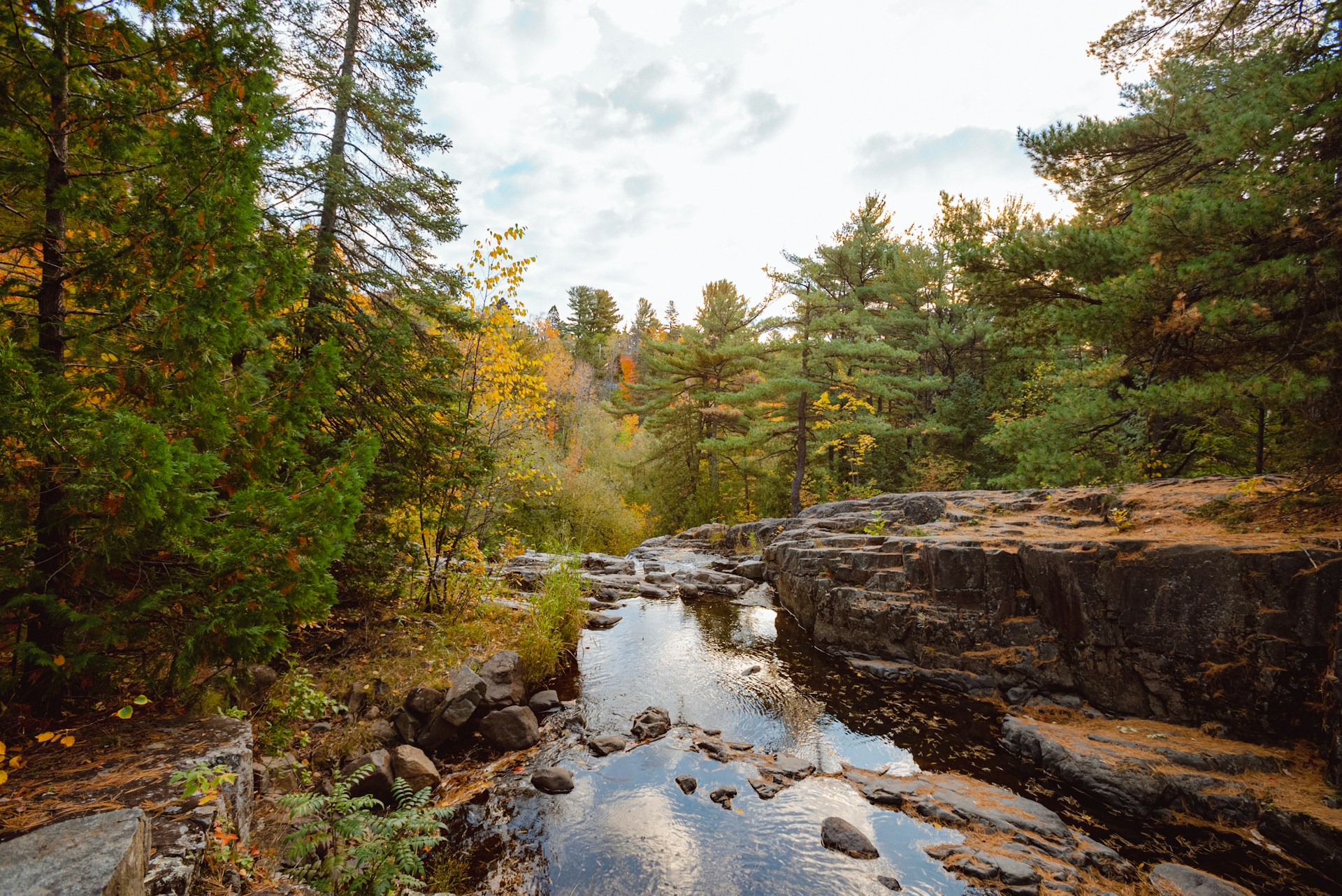Preparedness
Plumber’s Bank Transactions Unveil Murders in Unexpected Twist

A peculiar detail in banking transactions was the telltale clue that led California law enforcement officers to potentially link a plumber to a murder case. Rotherie Durell Foster, 38, already incarcerated on suspicion of a different murder, is now faced with charges related to the death of a former client, a case previously thought to be due to natural causes.
Foster, a resident of Camarillo, was initially apprehended for the alleged murder of José Antonio Velásquez, a fellow plumber who disappeared in July 2022. Velásquez’s remains were uncovered several months later in the Santa Monica mountains, as reported by the Ventura County District Attorney’s Office and Sheriff’s Office.
“Potential for murder for financial gain.”
Prosecutors have leveled accusations against Foster for using a firearm to “violently” procure Velásquez’s financial data. This, they claim, allowed him to illicitly purchase gas, clothes, and food with the pilfered funds.
While building a case against Foster for this crime, the detectives spotted an interesting connection with the death of an elderly man whose remains were discovered on January 10, 2022.
Bill Dean Levy, a 72-year-old man from Granada Hills, was found deceased in his home. At the time, the death wasn’t deemed suspicious and no autopsy was performed. Levy’s death was chalked up to natural causes and he was laid to rest.
However, the narrative shifted when investigators noted multiple payments from Levy to Foster via bank transactions. Intriguingly, these payments were dated January 11, one day after Levy’s death.
This peculiar detail triggered an alarm for the police, who suspected these payments could be a pattern akin to those made posthumously by Velásquez, or as it was labeled, “potential for murder for financial gain.”
Further investigation revealed that Foster had been hired for plumbing jobs at Levy’s residence on several occasions. To confirm whether another homicide had occurred, authorities decided to exhume Levy’s remains.
The ensuing examination by the Los Angeles County Medical Examiner’s Office discovered that Levy had died from exposure to fentanyl, not natural causes as initially believed. Consequently, his cause of death was changed to homicide.
Presented with this and additional evidence, authorities have charged Foster in connection with Levy’s death. Police are currently probing other dubious bank transactions from another Los Angeles resident to Foster. He’s also facing charges related to an armed robbery of a convenience store in July 2022.
Foster’s list of charges is extensive, with 33 felony counts, including first-degree murder, murder during a burglary, identity theft, and forgery.
He has a prior conviction from his juvenile years for involuntary manslaughter and assault with a deadly weapon. Officials shared that he was sentenced to a 21-year prison term, but it remains unclear how much of this he actually served.
Levy, who lived alone, had bequeathed his entire estate to several charities, including the American Heart Association and Children’s Hospital.
The video news report about the case is available on KTLA-TV.
Watch a local news report about the incident below:
Let us know what you think, please share your thoughts in the comments below.

Preparedness
Beat the Heat Naturally: Old-School Cool Tips

As temperatures rise during the hottest months, staying comfortable without relying on air conditioning can seem daunting. However, there are several effective strategies to keep cool that have been used long before air conditioning became commonplace.
One of the simplest methods is to air out your home during the cooler evening hours. “In the evening as soon as the outside temperatures have dipped below the temp in the house open up the windows and doors and let the house air out.” If safety allows, consider leaving them open throughout the night to maximize airflow.
When morning comes, it’s crucial to close up the house to trap the cool air inside. Shut all windows and doors and draw the blinds. Incorporating blackout or heat-reflecting curtains can significantly help maintain a cooler indoor environment. Additionally, keeping interior doors to the hottest rooms closed can prevent heat from spreading.
Limiting how often you open doors during the day can also help maintain the cool air within your home. If you need to go in and out, try to use doors on the shady side of the house. This simple step can make a noticeable difference in preserving a cooler atmosphere indoors.
These tips not only help you stay comfortable during the sweltering summer months but also promote a more energy-efficient lifestyle. Whether you’re new to the concept of preparedness or an experienced prepper, these strategies can enhance your ability to manage in extreme weather conditions without relying on modern technology.
Let us know what you think, please share your thoughts in the comments below.
Preparedness
Discover Hidden Water Sources in the Wild with These Tips

In the wilderness, finding water is crucial for survival. Even with the best purifying equipment, it’s useless if you can’t locate water to purify. Here are five methods to help you find water in the wild, each adaptable to your specific situation.
First, utilize your senses. Slow down and listen for the distinctive sound of running water. This sound can often be heard from a considerable distance, guiding you to a potential source. Clear running water is ideal, but its suitability depends on the filtration and purification methods you have at your disposal.
Next, observe the vegetation around you. Head towards areas with lush, green plants. The greener the vegetation, the closer you are likely to be to a water source like a creek or stream. As you approach, you may even notice an increase in humidity, signaling that water is near.
Animal behavior can also be a valuable guide. Animals need water to survive, and where they are, water is likely nearby. “Insects, for instance, can often lead you to sources of water you’d never see otherwise.” Bees, for example, need freshwater regularly, meaning their nests are usually within a couple of miles of a water source. Ants might lead you directly to water; if you notice a line of ants climbing a tree, they might be accessing water that has soaked into the wood.
Birds provide another clue. “Birds will tend to guide their flocks towards water,” so observing their flight patterns can be informative. Flocks flying close to the ground are often heading towards a water source. However, not all birds are reliable indicators. Carnivorous birds, such as hawks, have large ranges and obtain moisture from their prey, so their presence doesn’t necessarily indicate nearby water. Similarly, waterfowl like geese and ducks are not reliable indicators as they travel long distances between water bodies.
Finally, consider the behavior of mammals. While not always a sure bet, “looking for well-worn animal trails can be a good idea.” Some mammals, like pigs, tend to stay close to water sources. Following their tracks could lead you to water.
In the wilderness, resourcefulness and observation are your best allies. By using these methods, you can increase your chances of finding water, ensuring your survival in challenging environments.
Let us know what you think, please share your thoughts in the comments below.
Preparedness
Unlock Survival Secrets Beyond Stockpiling Essentials

When it comes to long-term survival, many people equate preparedness with stockpiling essentials like food and weapons. However, true preparedness encompasses a broader range of skills that go beyond merely accumulating resources. In the event of a crisis, such as an electromagnetic pulse (EMP) event, our ability to rely on traditional skills becomes crucial. These are skills our grandparents likely possessed, but many of us today have never had the opportunity to practice.
One of the fundamental skills for self-reliance is cooking from scratch. The ability to prepare meals using basic ingredients, rather than relying on pre-packaged or canned foods, is invaluable. In times of emergency, when eating out is not an option, those who can cook from scratch will have a significant advantage. As the source material notes, “learning how to cook from scratch is something you cannot afford to ignore.”
Healthcare skills are equally important. In today’s world, it seems that a trip to the doctor is the go-to solution for even minor ailments. However, previous generations knew how to manage their health without relying on doctors and pharmaceuticals for every issue. Learning how to care for yourself and your family without medical intervention can be a vital survival skill.
Growing and foraging skills are essential when store shelves are empty. Gardening and farming require more than just planting seeds; they demand knowledge and physical endurance. Additionally, knowing how to identify and safely forage wild edibles can provide a much-needed food source. As the source material suggests, “learning some of the basics of gardening and foraging now could give you a little head start.”
Sewing skills offer another layer of self-sufficiency. When shopping for clothes is no longer an option, knowing how to make or repair garments becomes crucial. Sewing, along with related skills like spinning, weaving, and knitting, not only allows for clothing repair but also provides opportunities for bartering.
Working with livestock also demands a specific set of skills. Handling animals safely and providing them with medical care can ensure they remain healthy and productive, whether for meat, dairy, or fiber. Even chickens can pose a risk if not managed properly, highlighting the importance of livestock handling skills.
For those who consume meat, hunting, trapping, and butchering skills are indispensable. Procuring meat without relying on grocery stores requires knowledge of various hunting methods and the ability to butcher animals properly to maximize the meat’s utility and safety.
Carpentry and construction skills round out the list of essential survival skills. While building an entire house may not be necessary, the ability to construct or repair simple structures, such as sheds or livestock buildings, is invaluable. These skills also extend to basic home repairs, ensuring a safe and functional living environment.
This is by no means an exhaustive list, but it serves as a starting point for evaluating and expanding your skill set. As the source material advises, “keep learning and adding to your skills bank.” Local community colleges and county extension offices often offer classes in a wide range of practical skills, from backyard chicken keeping to furniture building, often at little to no cost.
Incorporating these skills into your life not only enhances your preparedness but also enriches your ability to thrive in any situation.
Let us know what you think, please share your thoughts in the comments below.
-

 Tactical1 year ago
Tactical1 year ago70-Year-Old Fends Off Intruder with Lead-Powered Message
-

 Tactical1 year ago
Tactical1 year agoVape Shop Employee Confronts Armed Crooks, Sends Them Running
-

 Preparedness11 months ago
Preparedness11 months agoEx-Ballerina’s Guilty Verdict Sends Tremors Through Gun-Owner Community
-

 Preparedness9 months ago
Preparedness9 months agoGood Samaritan Saves Trooper in Harrowing Interstate Confrontation
-

 Tactical1 year ago
Tactical1 year agoMidnight SUV Theft Interrupted by Armed Homeowner’s Retaliation
-

 Survival Stories2 years ago
Survival Stories2 years agoEmily’s 30-Day Experience of Being Stranded on a Desert Island
-

 Preparedness10 months ago
Preparedness10 months agoArizona Engineer’s Headless Body Found in Desert: Friend Charged
-

 Preparedness10 months ago
Preparedness10 months agoBoy Saves Dad from Bear Attack with One Perfect Shot